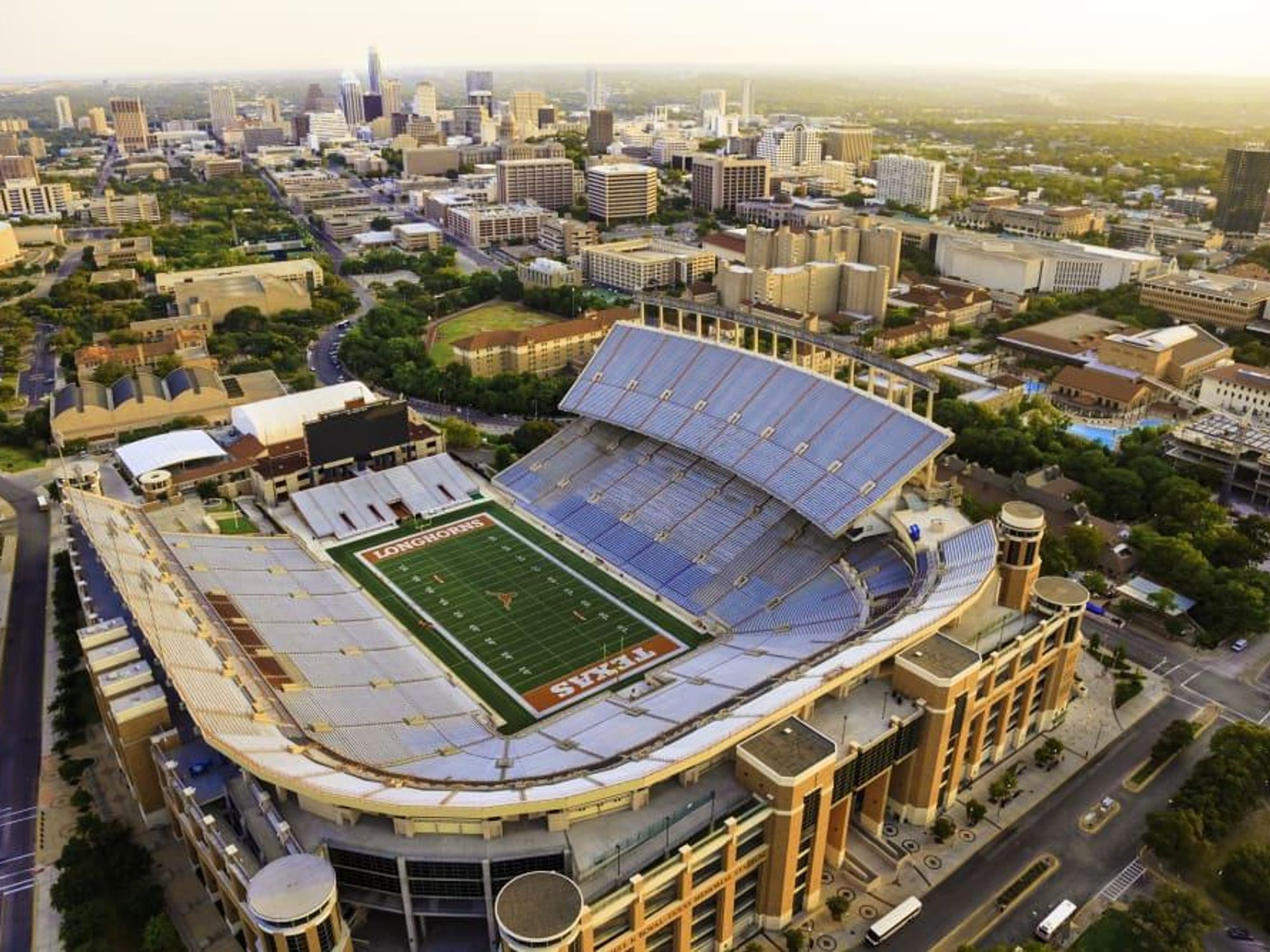we got game
University of Texas football facilities beat out archrival in new national ranking

The University of Texas’ football facilities outshine those at the University of Oklahoma, according to a new ranking. Yay! Unfortunately, UT’s facilities get gigged by the facilities at Texas A&M University (at least in the eyes of the rankers). Boo!
The 247 Sports website puts the Longhorns’ football facilities in 10th place among the country’s 25 best college football facilities for 2022.
“Texas is ready for its entry into the SEC. In addition to recent upgrades at Darrell K. Royal-Texas Memorial Stadium — along with freakishly nice player lockers that were added in 2018 at the cool price of $10,000 per locker — the Longhorns are committing $40 million toward an indoor practice facility that will be ready very soon,” 247 Sports notes.
The website also lauds the $175 million makeover of the south end zone at DKR.
“It’s one of the most technologically enhanced venues in America,” 247 Sports gushes.
So, how does UT fare compared with archival OU? The Sooners’ facilities earn a No. 11 ranking, one spot below UT’s facilities and one spot above Oklahoma State University’s facilities. Texas Tech University’s facilities claim 23rd place.
But to the chagrin of UT fans, A&M scores the No. 2 spot in the ranking of top-notch facilities. The University of Oregon’s facilities grab first place.
“No wonder Texas A&M signed the highest-rated recruiting class of all time during the 2022 cycle,” 247 Sports observes. “The Aggies are blessed with a cathedral of sorts in College Station [that] represents the very best of college football facilities, with the $485 million Bright Football Complex located in the south end zone at Kyle Field. It’s nothing short of spectacular.”

 The Waldorf Astoria Hill Country will be constructed in Fredericksburg. Rendering courtesy of IMI Worldwide Properties
The Waldorf Astoria Hill Country will be constructed in Fredericksburg. Rendering courtesy of IMI Worldwide Properties  I-35 in Austin is one of nine freeways where the infrastructure is "nearing the end of its functional life." Photo courtesy of Getty Images
I-35 in Austin is one of nine freeways where the infrastructure is "nearing the end of its functional life." Photo courtesy of Getty Images